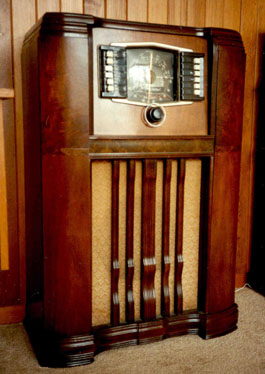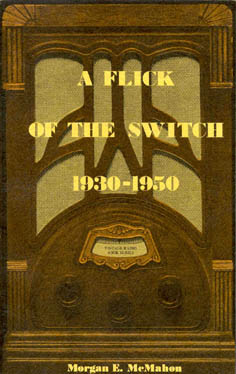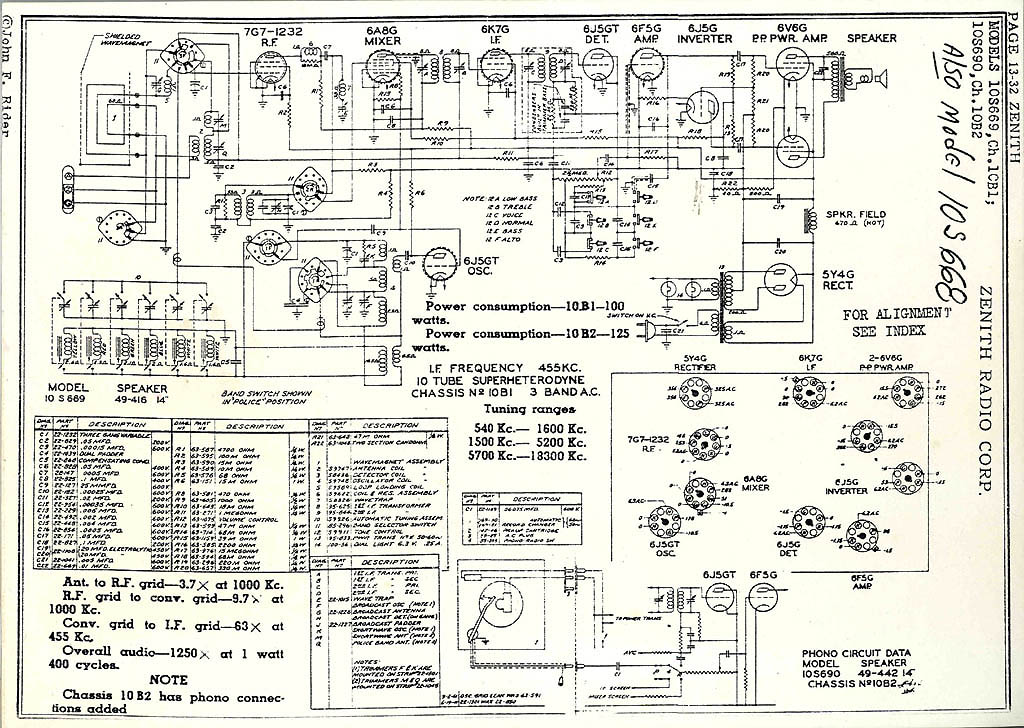- Lynn's
1938 Zenith
- Model 10S668 Console
Radio.
- This 10 tube, 3-band
radio
- tunes broadcast
& shortwave
- signals from 550
KHz to 18MHz.
|
- The book Raised
on Radio,
- by Gerald Nachman,
- brings the era of radio back alive.
- [Random House, 1998]
|
- To visualize the many collectable antique radios
out there, see:
- A
Flick of the Switch 1930-1950
- by Morgan E. McMahon
|







